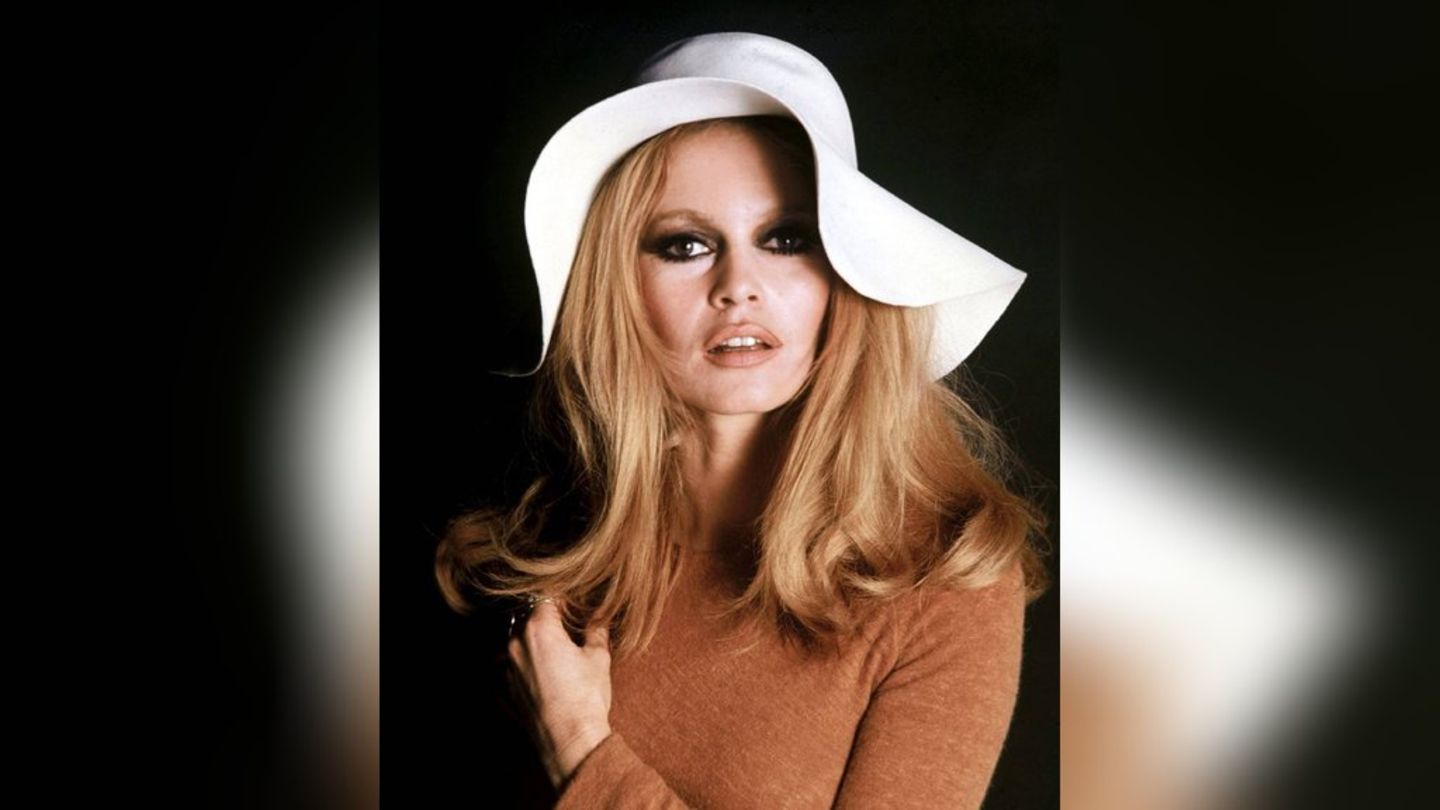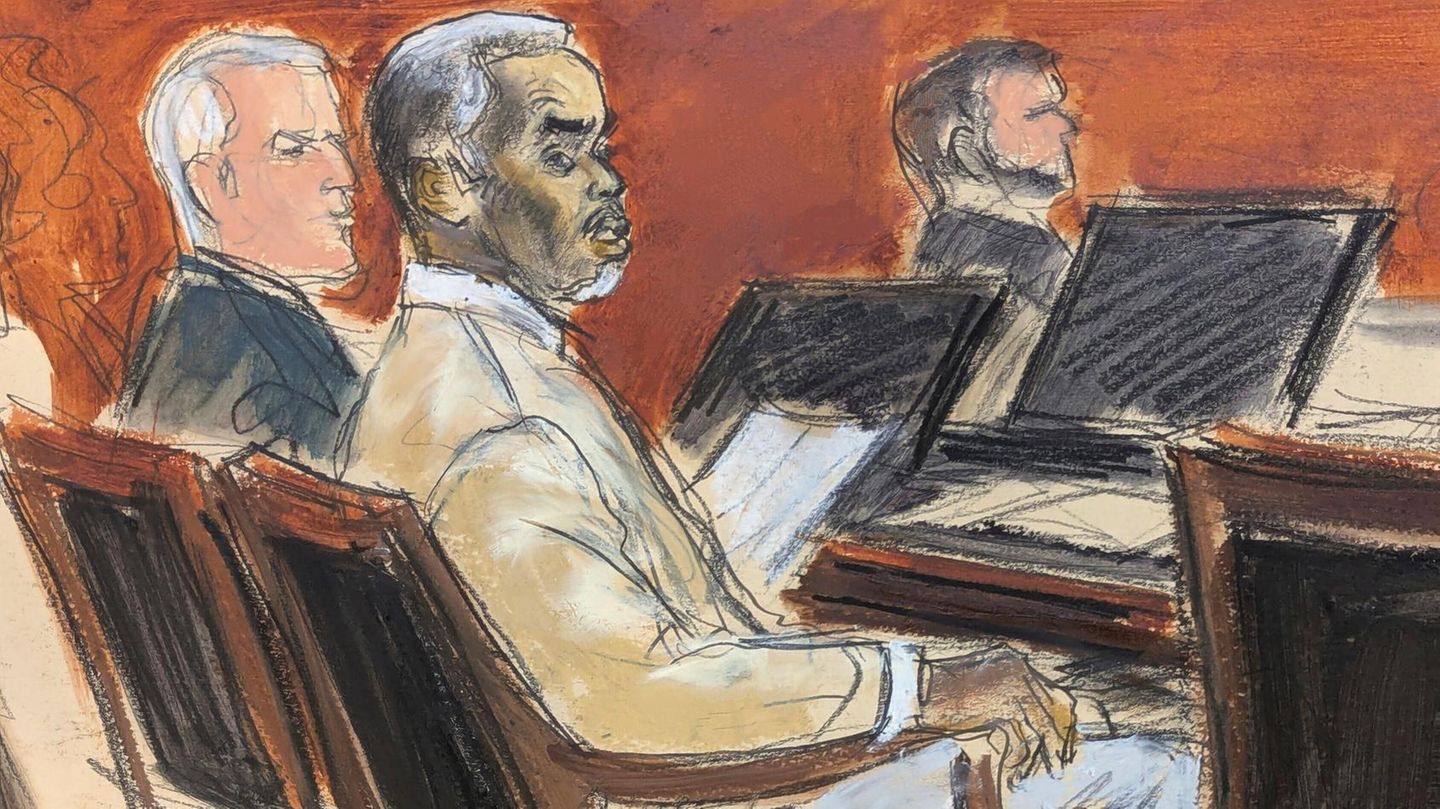The path from pandemic winner to problem child on the stock exchange was surprisingly short: the streaming service lost around 200,000 paid subscriptions in the first quarter of 2022. The world market leader slipped to 221.6 million, which had actually been expected to increase to 2.5 million paying users. Investors reacted coldly, the Netflix share was temporarily more than 25 percent in the red.
Netflix is in crisis: The biggest rivals Amazon, Apple and Disney are grabbing more and more customers with their own platforms and formats.
A video cassette and a flash of inspiration
The history of the streaming service is a story of success – and that of an idea that is as simple as it is excellent. It is said to have been a lost video cassette and therefore high rental fees that led to a flash of inspiration for software entrepreneur Reed Hastings on the way to sports: Why shouldn’t something that works as a monthly membership in the gym also be transferable to films? Together with business partner Marc Randolph, he has been running the online video rental company Netflix since 1997, through which DVDs could be ordered, which were then delivered by post. In 1999 they converted the classic distribution system to a subscription system that allowed customers to purchase as many films as they wanted within their membership.
The business idea caught on: in 2002, the company finally went public for the first time under the ticker symbol NFLX. The shares had an initial issue price of one US dollar. Surprisingly, it wasn’t until 2003, when the number of users finally broke the million mark, that Hastings and Randolph patented their subscription system.
In 2007, Netflix said goodbye to DVD as a medium and switched to streaming. At this point, the company already had more than five million members. A rapid expansion of the offer, including a program specially designed for children, followed in the years that followed. Partnerships with electronics companies to enable streaming on XBox and Blu-Ray players, and the first own Netflix buttons on remote controls for direct selection expanded the program until 2011.
On the way to the Oscars
In 2015, Netflix produced its own content for the first time. A step that was necessary for survival: the competitive pressure from Amazon and Disney made further development essential. The quality was convincing, and numerous Emmy and Oscar wins followed. Not only the juries, but also the users appreciated the development – especially due to the pandemic-related closure of cinemas for months.
Efforts to charge those who share their Netflix account with family members or friends are less popular. Netflix had patiently overlooked this practice until now. Now, however, customers could have to pay up to three euros in the future to be allowed to pass their password on to people “outside their own household”. This fee should include two additional “sub-accounts”. The test phase for this is already under way in three countries.
In addition, the streaming provider, which previously financed its offer without advertising, is on the way to an advertising-financed subscription version. “Never say never,” CFO Spencer Neumann said recently at an investor conference. Nothing of the sort is currently being implemented, but Netflix no longer wants to rule it out.
Source: Nachrichten




